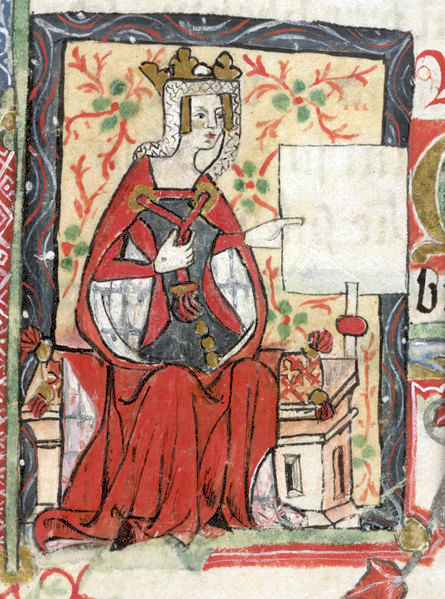On December 19, 1154, Henry II was crowned King of England, founding the Plantagenet dynasty and setting the stage for an epic tale of power, politics, and family drama that would unfold over centuries. But what makes the Plantagenets so interesting, and why did a French nobleman become England’s king? Let’s dive into the history that shaped the kingdom and sparked the rise of a dynasty that would forever change the English monarchy.
From French Nobles to English Kings: The Plantagenet Origins
The Plantagenet dynasty wasn’t exactly born in the streets of London. Instead, it all began with Henry II, a French nobleman from the region of Anjou. His father, Geoffrey Plantagenet, liked to wear a sprig of broom (known as “Planta genesta” in Latin) in his hat, and thus the name “Plantagenet” was born.

Now, you may be wondering how a Frenchman ended up ruling England. Well, it all starts with the Norman Conquest of England in 1066. The Duke of Normandy, William the Conqueror, claimed the English throne, marking the beginning of the Norman dynasty. Fast forward to 1135, and England found itself without a male heir after the death of King Henry I, whose daughter, Matilda, became the rightful heir. But in a twist of fate, she married Geoffrey Plantagenet, and their son, Henry II, eventually claimed the throne.
Thanks to his strategic marriage to Eleanor of Aquitaine (one of the richest and most powerful women in Europe), Henry gained vast lands across both England and France, including Normandy, Anjou, and Aquitaine. This effectively gave him control over much of France, and his empire stretched from the British Isles to the heart of Europe. The so-called “Angevin Empire” was born, and Henry II became one of the most powerful monarchs of his time.
The Power of Inheritance and the Feudal System
What made the rise of the Plantagenets possible was the European feudal system. Unlike China, where central government systems like the county model prevailed, Europe stuck with a feudal system that allowed for fragmented power. Land was granted to lords who had control over their own territories, often making them more powerful than the king himself.
This was where things got complicated: inheritance. The eldest son traditionally inherited his father’s title, land, and power. However, in Europe, daughters could also inherit and rule, although male heirs typically had the upper hand. The relationship between vassals and their lords was also key. Lords could be powerful, and when a king died without a male heir or a king was too young, chaos would often ensue.
In fact, much of the Wars of the Roses, which would later shape English history, were rooted in these power struggles, with rival factions claiming the throne. The Lancaster and York families, for example, were both branches of the Plantagenet family, and their conflict would ultimately lead to the fall of the Plantagenet dynasty and the rise of the Tudor dynasty.
A Dynasty That Shaped England’s Future
The Plantagenet era was not just about war and family feuds—it left a lasting legacy on England and the world. First, we can thank Henry II and his son Richard the Lionheart for the iconic English royal symbol—the three lions. Richard’s heraldry combined his father’s Normandy lion and his mother’s Aquitaine lion into the emblem we recognize today. It’s no wonder England’s football team is known as the “Three Lions!”
Second, the Plantagenets were crucial in shaping modern political structures. In 1215, Henry II’s son, King John, was forced by the barons to sign the Magna Carta, a document that limited the king’s power and laid the groundwork for constitutional law. This document is often considered the foundation of modern democracy.
Finally, the Wars of the Roses, which divided the nation into two rival families—the Lancasters and the Yorks—have even inspired popular culture, from the epic tale of A Song of Ice and Fire to Game of Thrones. The characters of the Lannisters and Starks are based on the real-life Lancaster and York families, and the political struggles within the fictional world of Westeros echo the turmoil of 15th-century England.
Conclusion: A Legacy of Power, Politics, and Family Drama
The Plantagenet dynasty lasted for over 300 years, from Henry II’s reign in 1154 to the rise of Henry VII in 1485, and during this time, it shaped the English monarchy and left a mark on world history. From the creation of the iconic three lions symbol to the legacy of the Magna Carta, the Plantagenets were a driving force in shaping not just England, but the political and cultural landscape of the medieval world. And in the end, the legacy of their tumultuous reign lives on in both history books and the cultural stories we tell today.
So, the next time you hear the phrase “the Plantagenet dynasty,” you’ll know it’s not just about kings and queens—it’s about power, family feuds, and the legacy that shaped the modern world.

No comments yet.